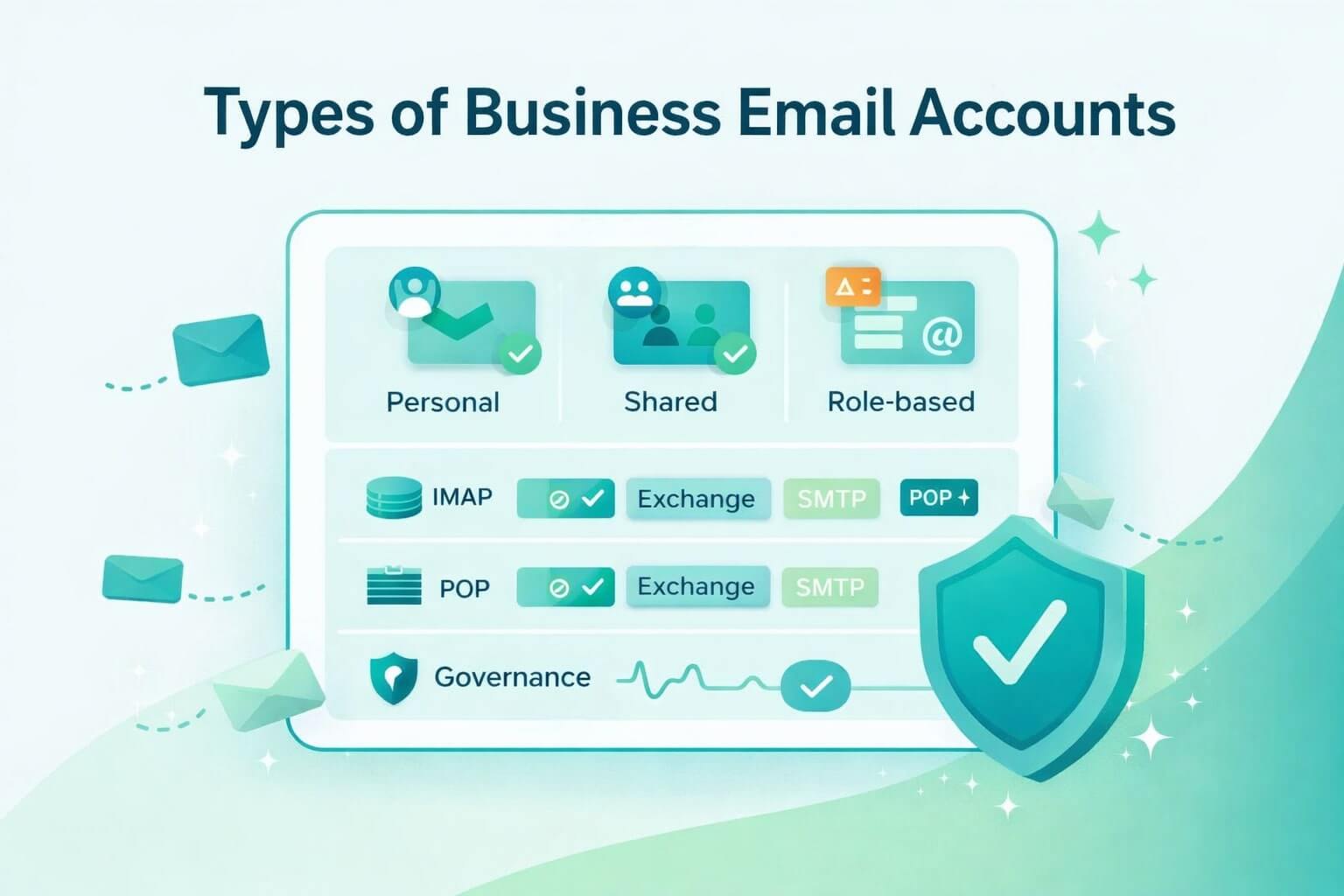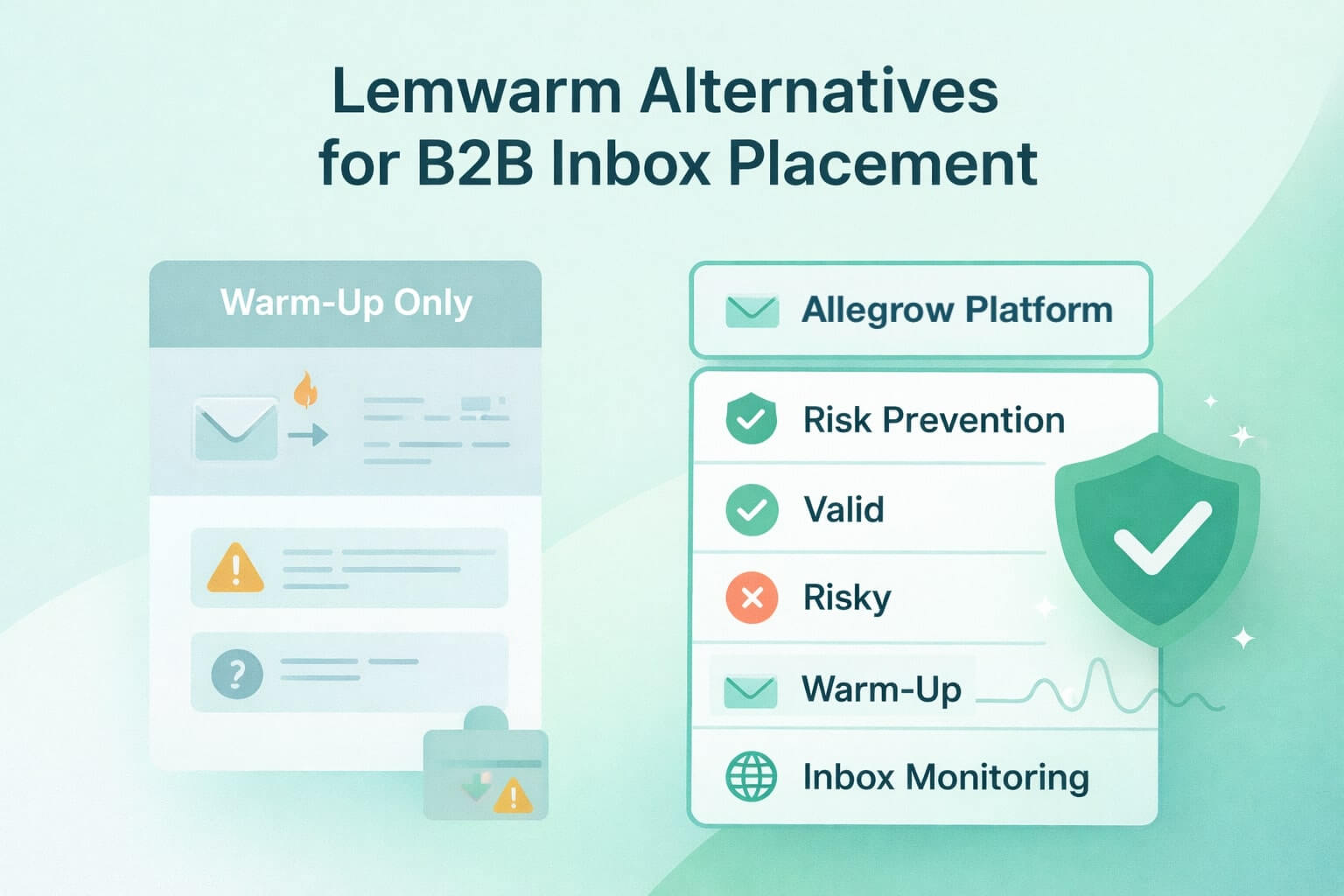Simply put, it’s always getting progressively harder to run a sustainable outbound sales motion.
Reply rates have dropped, Direct Dials get fewer answers, and spam filtering means if your team gets too aggressive with their follow-up - no target buyers will even see their emails.
What’s the solution to make sure your SDR team can generate enough pipeline…Sending more outreach? Setting up hundreds of outreach domains? Or having reps customize every prospecting email?
We’ll outline 5 common principles of the top go-to-market teams' approach towards outbound to receive high engagement and consistent leads:
- Low Report Rate.
- An Outreach Specific Subdomain
- Trigger-Based Approach to Prospecting
- ABM with Outreach Rules
- Multi-channel sequences
TL;DR: Running sustainable outbound sales means protecting your domain, reducing spam complaints, and maximizing relevance. Top teams lower report rates with refined messaging, use dedicated subdomains for outreach, and focus on real triggers like hiring or funding signals. Account-based strategies with strict outreach rules prevent over-contacting prospects. Blending channels like email, calls, and social selling improves response rates without harming deliverability. Tools like Allegrow provide visibility into domain reputation to support consistent, high-performing outreach.
1) Keep your spam report rate below 0.1%
As inboxes have become saturated with cold emails, the chances of someone creating a manual spam report against your message due to annoyance, is higher than ever:

Every time time this happens, your entire outreach approach will be negatively impacted, and when this happens too often - your email provider will suspend your account, so you can’t even send more emails from your inbox.
In fact, when this occurs frequently, you’ll find it hard to run an outreach process sustainably as:
- You won’t be able to increase the volume on your mailboxes to the level required for each SDR to hit their number.
- Your future emails using the same content will be more heavily filtered into spam folders. (decreasing your open and reply rates).
- The sender reputation of your entire domain will decline, reducing your prospect engagement.
Therefore, sustainable go-to-market motions always iterate their messaging, contact selection and overall outreach approach to keep a low spam report rate.
If you’re evaluating your current content for spam report risk, consider rephrasing elements which include the following attributes:
- Humour - Unfortunately, not every prospect will have a sense of humour, especially when they’re trying to clear out their email. Emails with humour can be the main culprit in spam reports.
- Aggressive calls to action - Essentially, when you ask for a ‘high level’ of commitment from a prospect right away (like a meeting), the chances of coming across as overly ‘salesy’ is high and can lead to reports.
- Misleading Subject lines - If your subject line is perceived by the prospect as not being related to the content of your email, this is highly likely to result in a report.
2) Use an outreach-specific subdomain or domain
Using a specific subdomain, rather than your core domain for outreach, allows you to have greater visibility on the sender reputation of the domain which is being used to contact prospective customers, and decreases the overall risk of using an outbound strategy.

Being able to clearly track the reputation of your sending domain and easily change the domain (if necessary) is core to maintaining sustainable outreach results. By implementing this approach, you’ll be able to avoid two key issues which commonly disrupt successful outbound programs:
- Legacy usage of the domain impacting results. With a dedicated subdomain/domain for your outbound team, you’ll be able to avoid past aggressive campaigns or reports creating a negative impact on your current campaigns.
- Edge case authentication issues due to too many records/services. Errors such as ‘SPF Record requires too many DNS lookups’, or ‘TXT lookup should fit in one UDP response packet’ catch out many outbound teams, and are less common on subdomains dedicated to outbound.
3) Take a trigger-based approach to prospecting
Having a truly compelling reason to reach out is mandatory for a successful outbound strategy. Otherwise, you become one of the many reps that buyers perceive to have done zero research and aren’t worthy of attention.
To establish what internal valid triggers are for your outbound process, consider what events have prompted high-quality prospects to evaluate your solution and convert to customers historically.
You’ll need to ensure these are signals you can track, which indicate that these accounts are a good fit to enter your prospecting process. (e.g. Specific Hires, Intent Data, Website Visitors, M&A, Fundraising). It’s also important to note, because these triggers are hyper-specific, you may need some manual research resources to find them all and will certainly need multiple triggers to fuel your outbound process.
Essentially, having a trigger associated with every account/contact which enters your prospecting process ensures you can answer the question, ‘Why now?’ is going to be the time your solution is required by the prospect.
4) Apply ABM with clear outreach rules
ABM is viewed as the most efficient way to market and win business, especially in the Mid-Market to Enterprise segments, as you can keep both sales and marketing efforts focused on a specific set of target accounts which keeps everyone on the same page.
However, running an ABM strategy without controlling the frequency of outreach and how many prospects at a single account you prospect, often leads to an unsuitable strategy where you burn through target accounts too quickly and fail to drive long-term engagement.
In order to avoid this, you’ll want to coordinate and limit the: Active Contacts, Minimum Spacing and create Disengagement Triggers in your outreach approach like the below:

5) Build multi-channel sequences for better engagement
Email tends to be the ‘top dog’ when it comes to outreach sequences - but to maximize engagement across your sequences, you need to make sure email isn’t overused!
Using multiple channels increases your exposure to prospects and increases the follow-ups you can send a single contact without increasing your spam risk.
It’s no secret that the more unanswered follow-ups you send to a prospect, the more likely they are to manually report your messages as spam. Using multiple channels helps increase familiarity and maximizes your engagement without increasing email volume.
Examples of some channels you’ll want to add to your sequences are:
LinkedIn Connection requests + DMs: It’s important to execute Linkedin prospecting correctly. Rather than just connecting and pitching, aim to get a response and build engagement:

Calls: Some sales teams shy away from making outbound calls, but they still work well. This separates you from the crowd of companies too scared to start a conversation.
Direct Mail: Sending physical mail is a great way to stand out nowadays - especially to your high-value accounts.
Voice notes / Videos: Creating personalized voice messages will make you seem more human, which is one of the fundamental steps to getting a response and more engagement:

Social Selling: This subject gets a lot of hype, but people rarely do it authentically inside a sequence. Here’s a great example: We were in the sales process for Nylas when their AE noticed our company was hiring and posted the following message:

This was just one more touch point to keep their proposal top of mind without sending a follow up message.
The key to doing this consistently is a task step in your cadence to review the prospect's company and contact profiles on Twitter and Linkedin, then to share/comment genuinely on something they post.





.jpg)